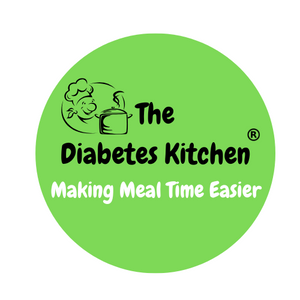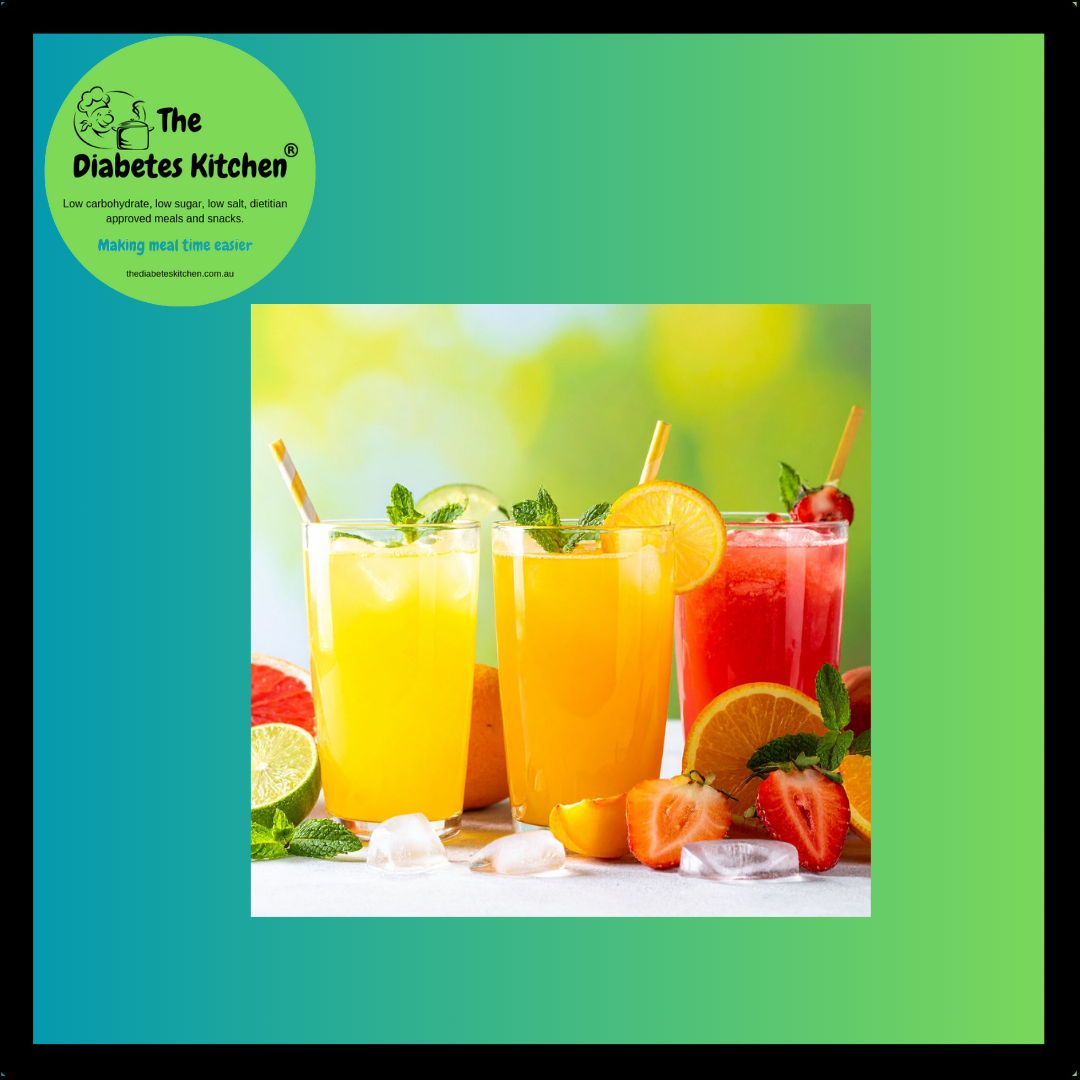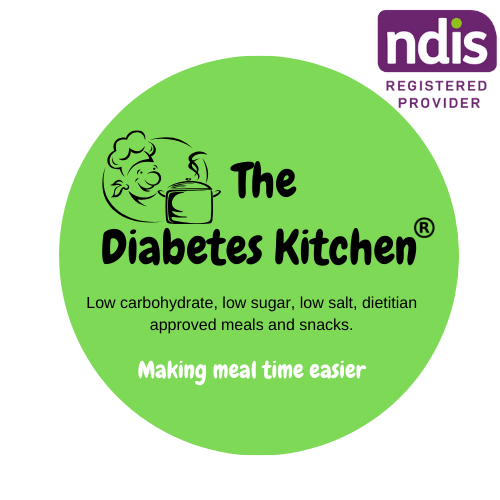Discover why fruit juice, potatoes, and many fruits can cause blood sugar spikes in people with diabetes — and learn which foods to choose instead for stable glucose control.
When you have diabetes, the goal is simple but vital: keep your blood sugar levels stable. Yet, even foods that seem “healthy,” like fruit juice, potatoes, and fresh fruit, can make that difficult. These foods are often high in natural sugars or starches that the body quickly converts into glucose — causing sudden spikes in blood sugar.
Understanding how these foods affect your body can help you make smarter choices, avoid rollercoaster blood sugar levels, and protect long-term health.
The Glycaemic Index and Why It Matters
The glycaemic index (GI) measures how quickly a food raises blood glucose levels.
-
High-GI foods (like white bread, potatoes, and fruit juice) are digested quickly, causing rapid spikes in blood sugar.
-
Low-GI foods (like beans, lentils, and non-starchy vegetables) digest slowly, releasing glucose gradually and keeping levels more stable.
For diabetics, choosing low- to moderate-GI foods is key to maintaining steady blood glucose and preventing long-term complications.
Why Fruit Juice Isn’t Good for Diabetics
Many people assume fruit juice is healthy because it’s made from fruit. However, for someone managing diabetes, juice can be a hidden sugar bomb.
1. High in Natural Sugar, Low in Fibre
When fruit is juiced, the fibre — which slows sugar absorption — is removed. A single glass of orange juice can contain the sugar equivalent of four or five whole oranges, but without the fibre that helps your body process it gradually.
2. Rapid Blood Sugar Spikes
Without fibre, fruit juice is absorbed almost instantly, causing a quick and sometimes dangerous blood sugar rise. Even “no added sugar” or “100% fruit juice” versions still contain large amounts of natural fructose and glucose. (Keep some Apple juice on hand to quickly treat those blood sugar lows though).
3. Easy to Overconsume
It’s easy to drink 250–500 ml of juice in one sitting — far more sugar than you’d get eating a single piece of fruit.
Better alternative: Eat whole fruits in moderation. Choose lower-GI options like berries, apples, or pears, and pair them with protein (yogurt, nuts) to slow absorption.
Why Potatoes Raise Blood Sugar Quickly
Potatoes — whether white, red, or sweet — are a starchy carbohydrate, meaning your body quickly breaks them down into glucose.
1. High Glycaemic Index
Boiled or mashed potatoes have a GI score between 70 and 90 — among the highest of all vegetables. This means they act more like sugar than fibre in the body.
2. Portion Distortion
A standard serve of mashed potato (about a cup) can have the same impact on blood sugar as a can of soft drink. Many people eat far more than that at dinner, unknowingly causing a sharp glucose surge.
3. Cooking Method Makes It Worse
When potatoes are fried or baked, they lose even more moisture and digest even faster — raising blood sugar more rapidly.
Better alternative: Choose lower-GI carbohydrate sources such as lentils, chickpeas, cauliflower mash, or small serves of quinoa. If you love potatoes, cool them after cooking and eat them cold or reheated — this forms “resistant starch,” which slightly lowers the GI.
Why Most Fruits Need Moderation for Diabetics
Whole fruit is healthier than juice, but not all fruits are equal when it comes to blood sugar control.
1. High-Sugar Fruits Cause Rapid Glucose Spikes
Bananas, grapes, mangoes, and pineapples are high in natural sugars and can quickly elevate blood glucose.
2. Portion Size Matters
Even lower-GI fruits can raise sugar if eaten in large portions. A handful of berries or a small apple is fine — a large fruit salad is not.
3. Fructose Overload and Fatty Liver Risk
Consistently high intake of fructose (fruit sugar) can contribute to fatty liver disease, a growing problem among people with type 2 diabetes.
Better alternatives:
-
Low-GI fruits: berries, cherries, apples, pears, apricots.
-
Pair fruit with protein or fat: for example, apple slices with peanut butter or Greek yogurt with berries.
Why Rapid Blood Sugar Spikes Should Be Avoided
Frequent high blood sugar spikes are harmful even if they drop later. Over time, they can lead to:
-
Insulin resistance (the body becomes less responsive to insulin).
-
Inflammation and oxidative stress, damaging blood vessels.
-
Long-term complications such as heart disease, kidney damage, nerve pain, and vision loss.
Stable blood sugar levels reduce fatigue, improve concentration, and lower the risk of developing type 2 diabetes complications.
The Bottom Line
Even “natural” foods like fruit juice, potatoes, and many fruits can be problematic for people with diabetes because they cause rapid rises in blood sugar.
To keep levels stable:
-
Choose whole, high-fibre, low-GI foods.
-
Limit fruit juice and starchy carbs.
-
Combine carbs with protein and healthy fats to slow digestion.
-
Monitor your blood glucose regularly to learn which foods work best for you.
Remember, small changes in food choices can make a big difference in blood sugar control — helping you feel better day to day and preventing serious long-term complications.





